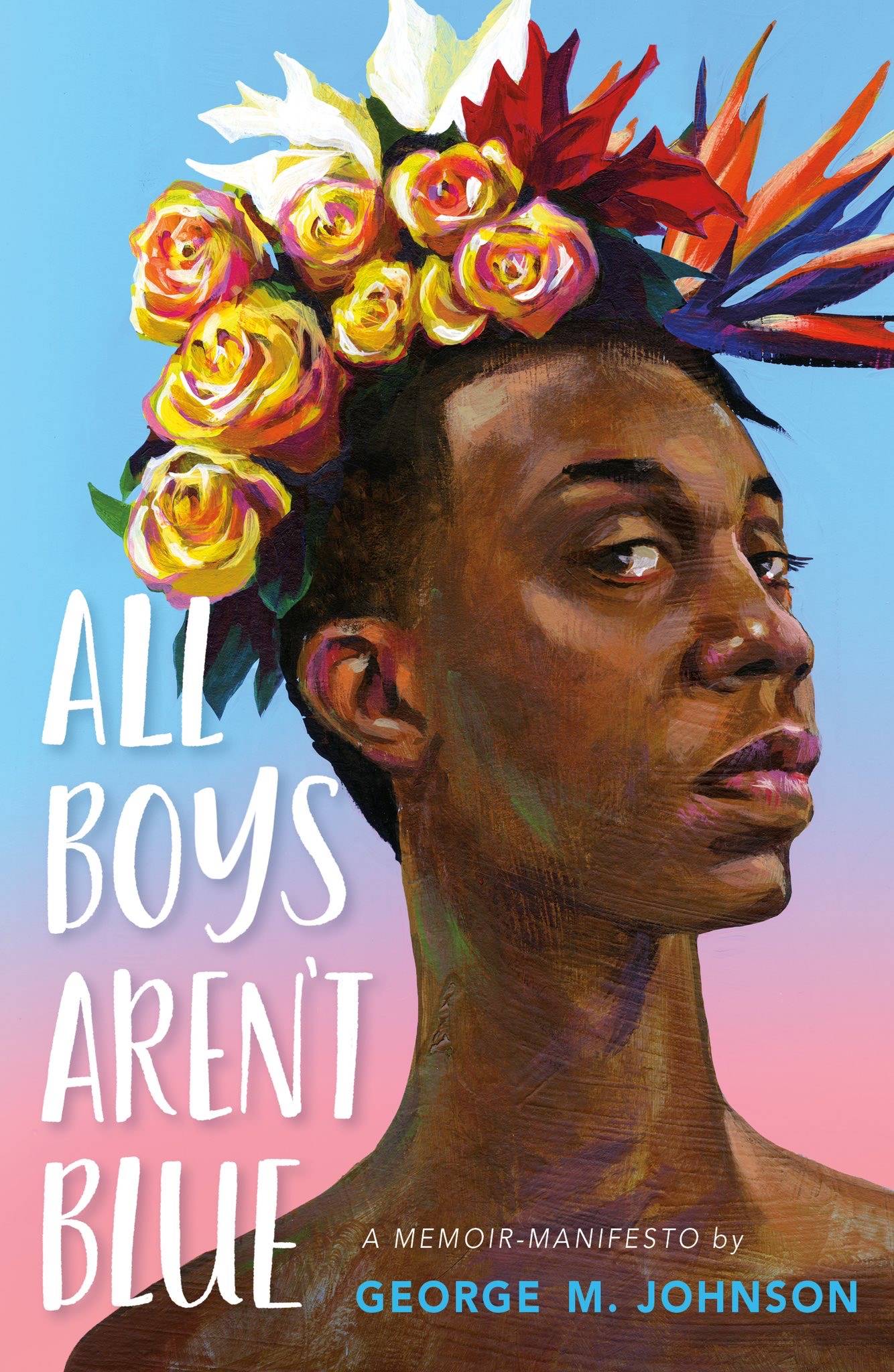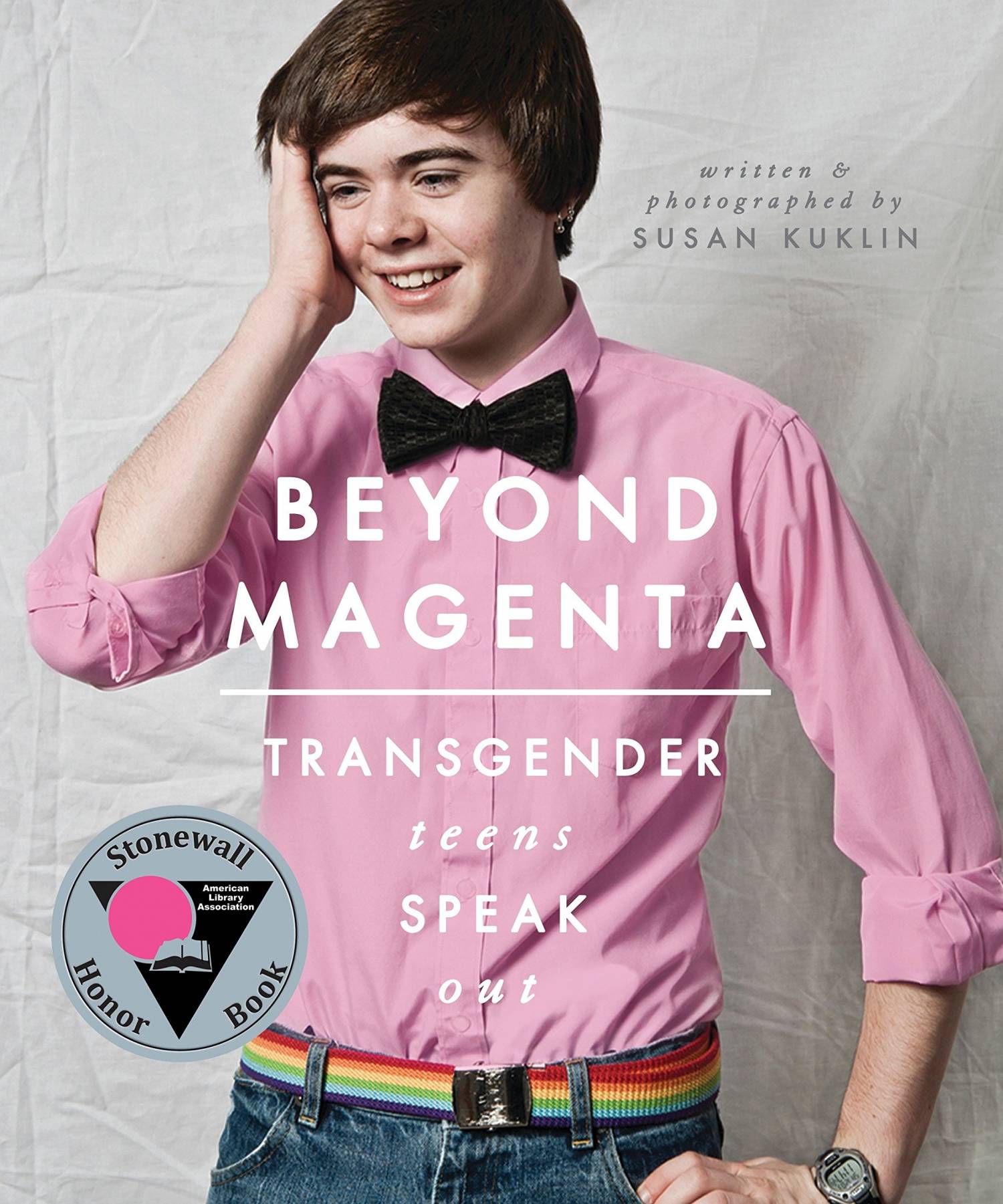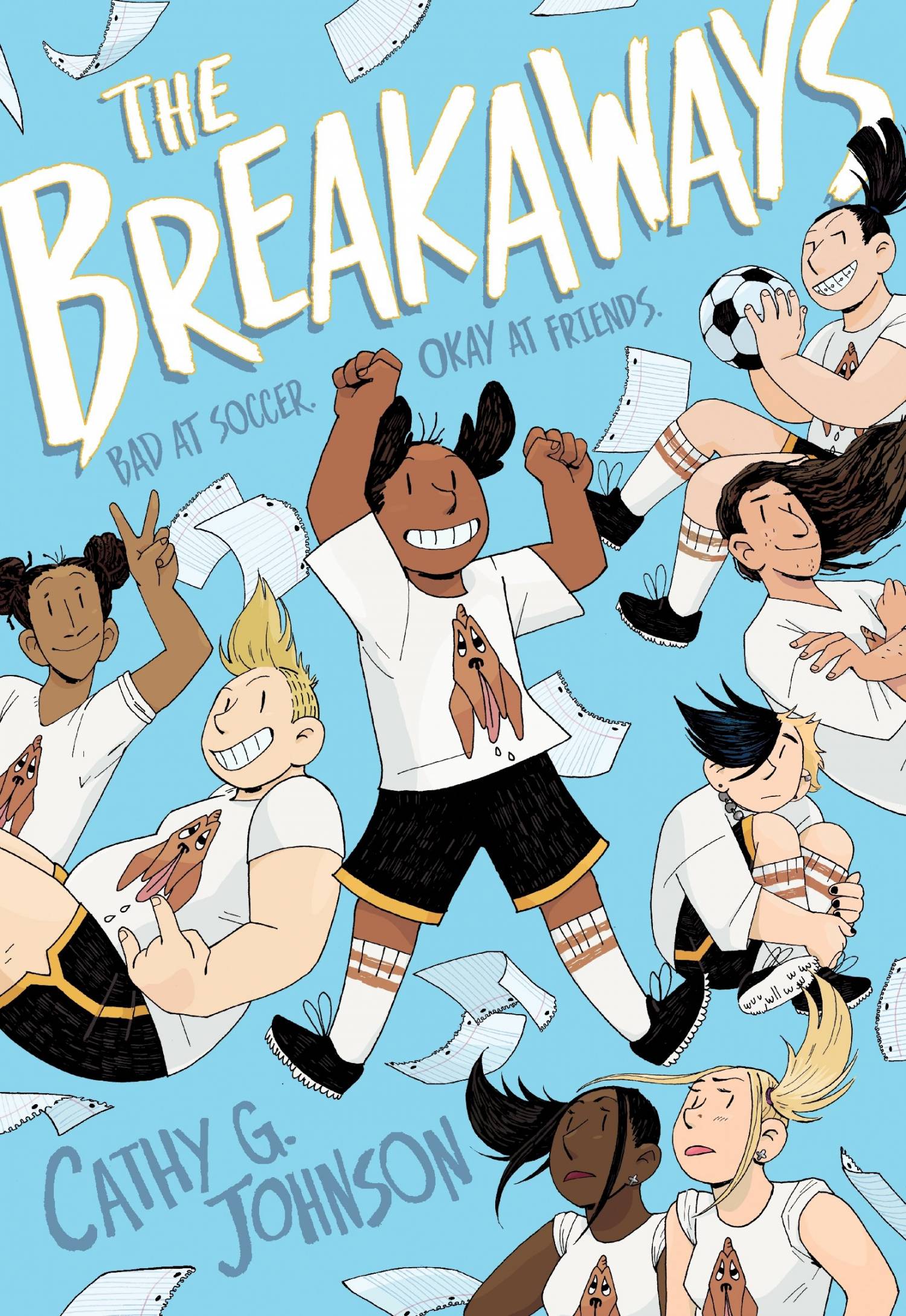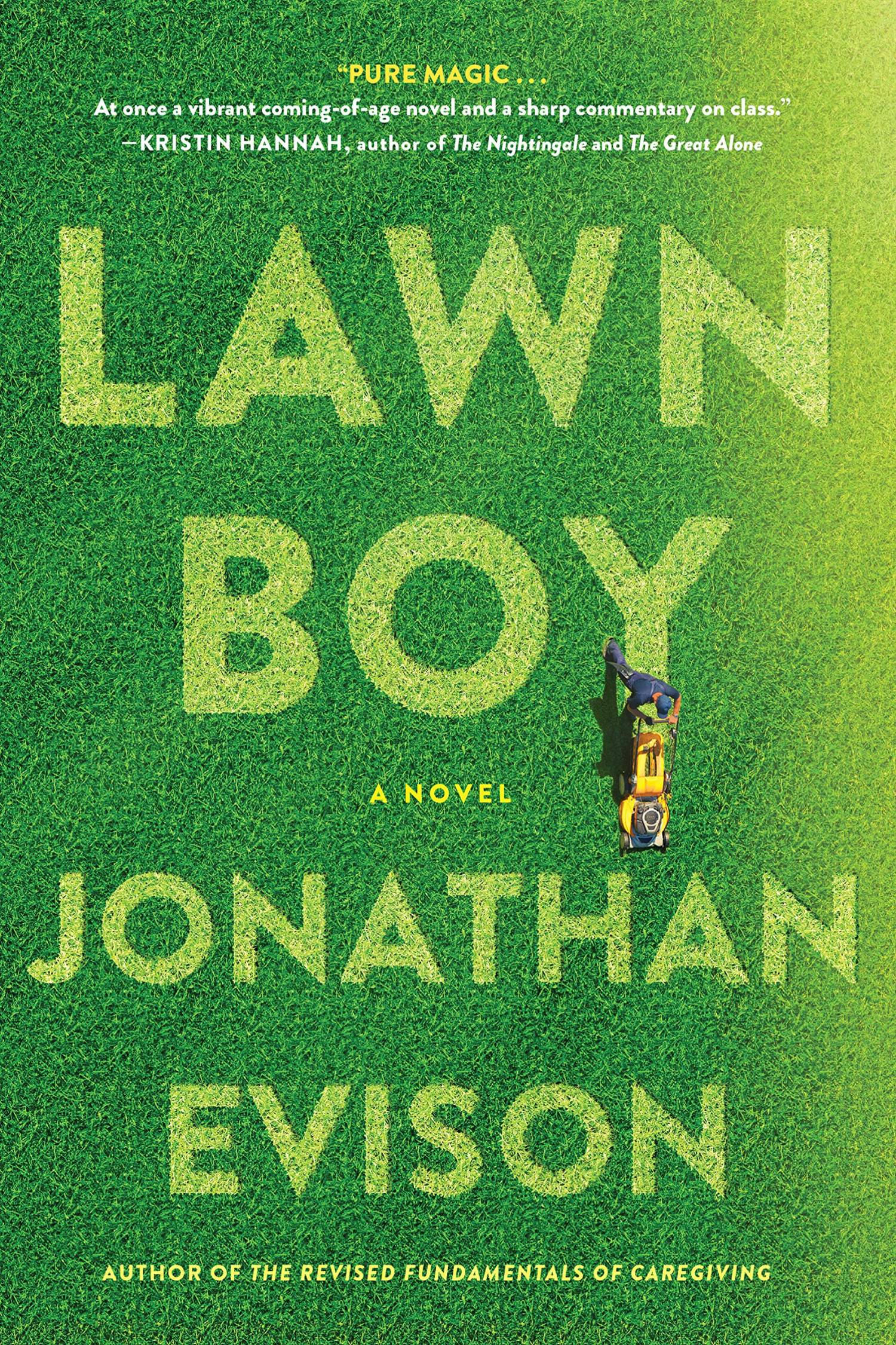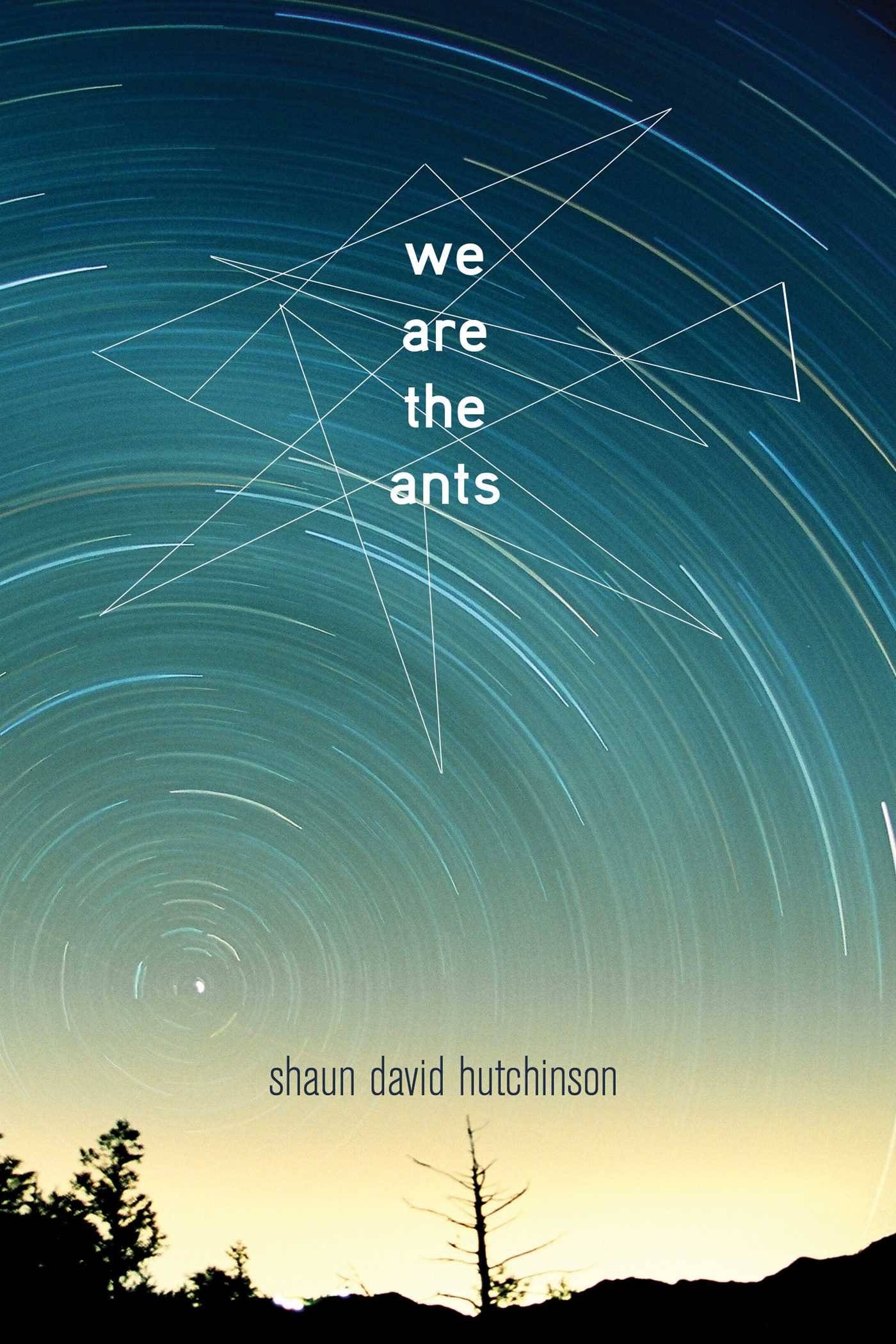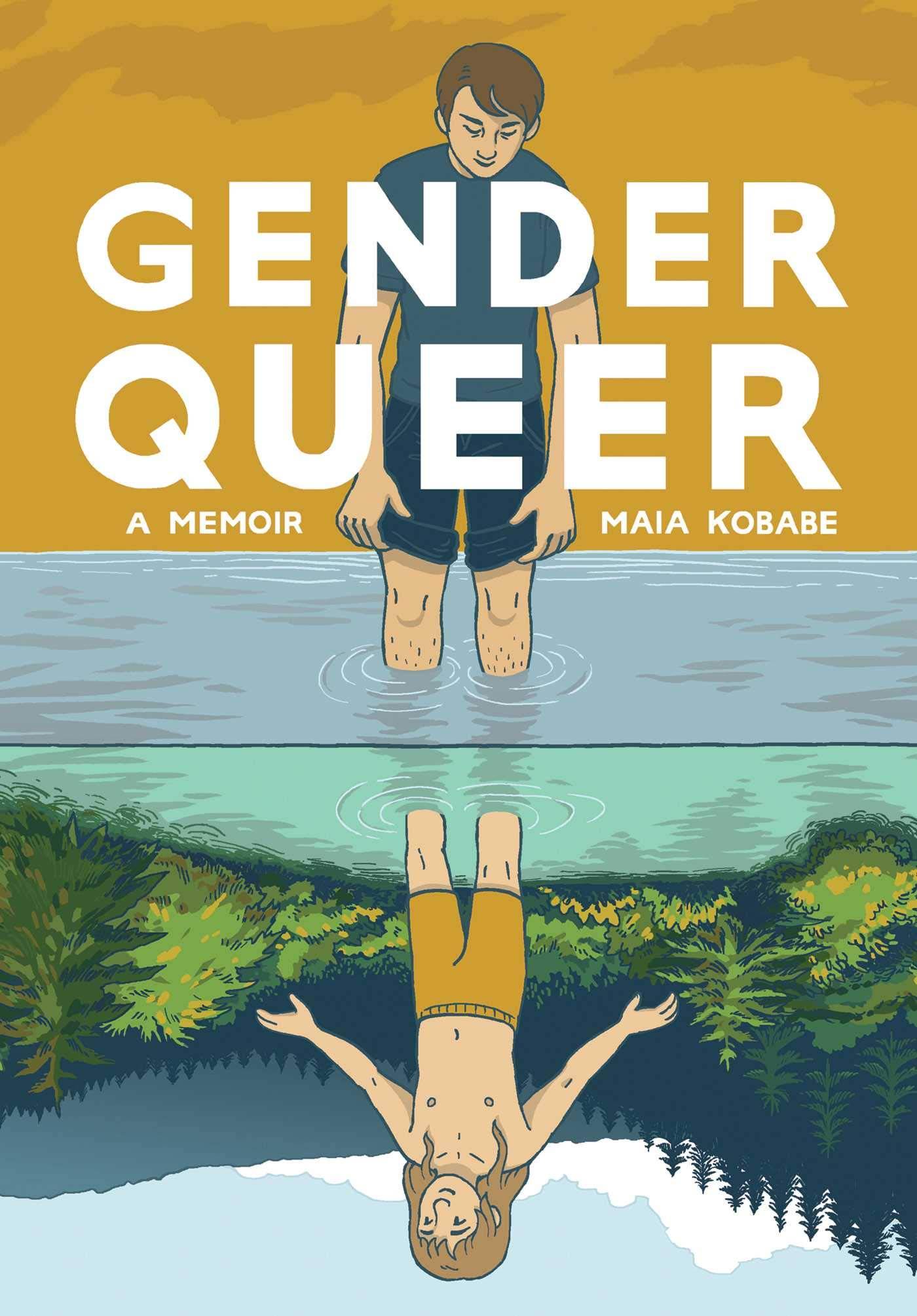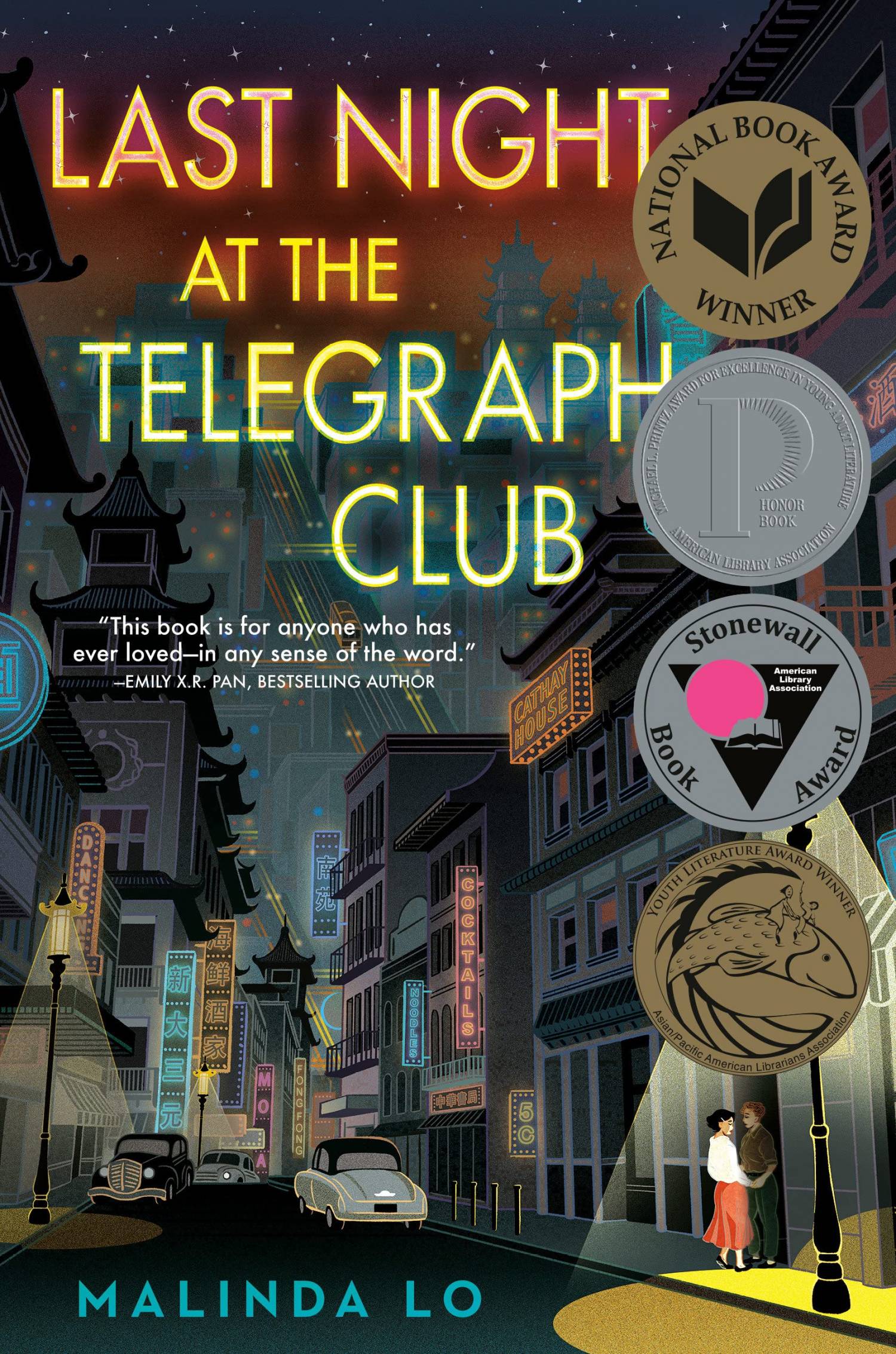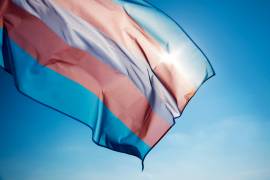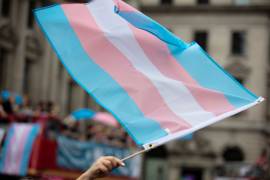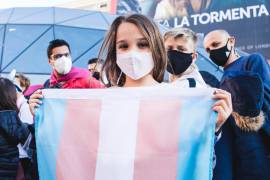By Kellee Terrell
Over the past year, right-wing extremists have passed laws in states and counties that make it illegal for teachers to talk to their students about any history that tells the truth about white supremacy and hatred's impact on Black people, other communities of color and LGBTQ+ people. To further this archaic agenda, school districts and public libraries have also brought back book banning, ensuring that young people cannot benefit from diverse classics such as Toni Morrison's Beloved, Robert Coles' The Story of Ruby Bridges and Angie Thomas' debut novel The Hate U Give. Let’s call these targeted attacks on teachers, people of color, and LGBTQ+ communities what they are: Government censorship.
According to the American Library Association, there were challenges against 1,597 individual books last year, the highest number since the group began tracking book bans 20 years ago. A PEN America report found that between July 1, 2021 and March 31 of this year, nearly 86 school districts in 26 states have banned books with Texas leading with 713; followed by Pennsylvania (456); Florida (204); Oklahoma (43); Kansas (30); and Tennessee (16). Of those books banned, 379 had LGBTQ+ characters or themes, 84 centered on trans characters or themes and 467 had protagonists of color.
Given that sexual orientation, gender identity and race are interconnected and the fact that four of the six most banned books in the U.S. deal with LGBTQ+ themes, which are all in this list, our community cannot ignore this issue. The bias and mentality behind discriminatory legislation denying LGBTQ+ people of equality is exactly what’s behind the push to strip LGBTQ+ youth’s right to access books that affirm, reflect and center their lives and experiences.
For Banned Books Week (September 18-24), we are highlighting seven powerful and diverse LGBTQ+ banned books that prove that whether on the page or in the fabric of this country, we can never be erased, no matter how hard they try.


